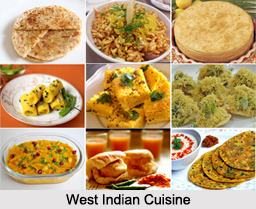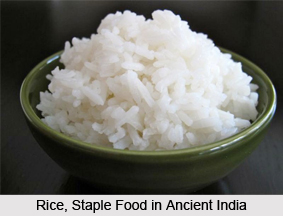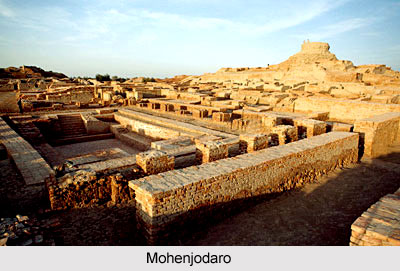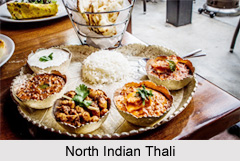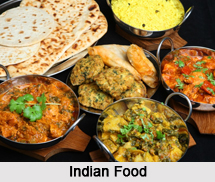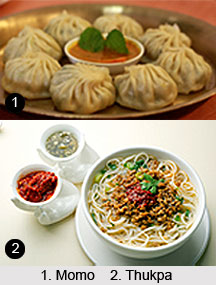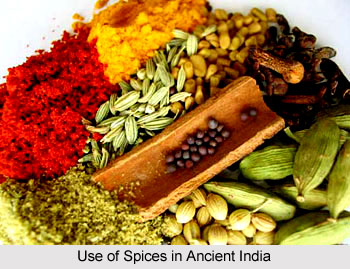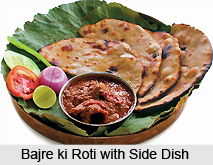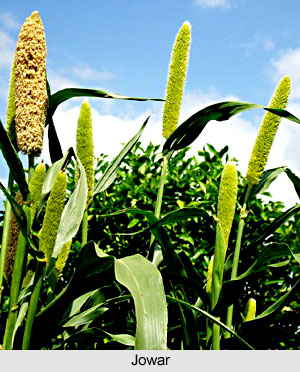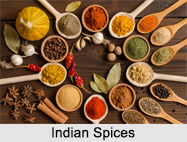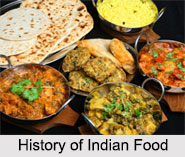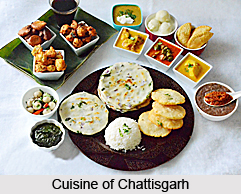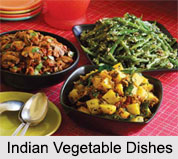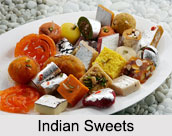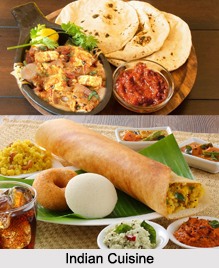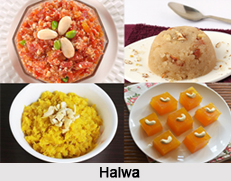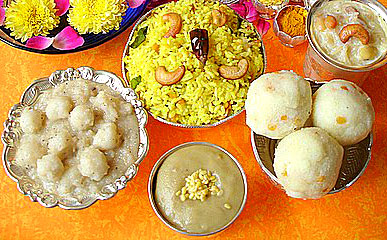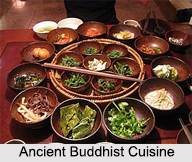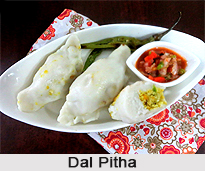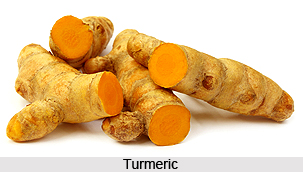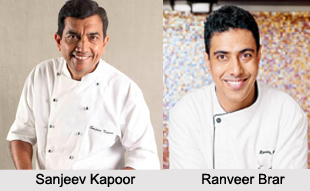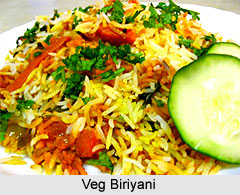 The food habit of India has been highly influenced by various foreign impacts. The country has been invaded by several people from all throughout the World. There have been foreign colonial influences in certain regions of India. The northern region of the country was highly influenced by Mughal or Persian cooking style. Mughal Influence on Indian Food changed the cooking style and introduced the Indians to certain tasteful dishes. However, apart from the influences by invasion in the Indian food, Indian Culinary Influences By religion can also be seen. Arab traders used to trade with Indian kingdoms, about 1500 years ago, and brought coffee as well as asafoetida (hing) along with pista. Muslim Influence on Indian Cuisine can be thus found in the northern states of India. The other places in the country reflecting the Mughal style of cooking are the southern India including places such as Hyderabad, Kerala as well as Lucknow.
The food habit of India has been highly influenced by various foreign impacts. The country has been invaded by several people from all throughout the World. There have been foreign colonial influences in certain regions of India. The northern region of the country was highly influenced by Mughal or Persian cooking style. Mughal Influence on Indian Food changed the cooking style and introduced the Indians to certain tasteful dishes. However, apart from the influences by invasion in the Indian food, Indian Culinary Influences By religion can also be seen. Arab traders used to trade with Indian kingdoms, about 1500 years ago, and brought coffee as well as asafoetida (hing) along with pista. Muslim Influence on Indian Cuisine can be thus found in the northern states of India. The other places in the country reflecting the Mughal style of cooking are the southern India including places such as Hyderabad, Kerala as well as Lucknow.
A large part of the Muslim influence on India was mainly from the Timurid Dynasty. During their reign a blending occurred in case of architecture and cooking. Muslim Influence on Indian Cuisine offered food such as rich relishes, meats with cream and butter sauces, dates, nuts, and sweets. Eventually, these recipes contributed to the preparation of modern korma and the butter chicken dishes. Mughals brought with them the essence of their native place and thus various spices and procedures were incorporated in the India Cuisine. Mughals have introduced almonds, biriyanis and pilafs, samosas, baked breads, cream, rose water, kababs, and kormas.
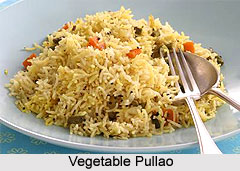 The Muslim Influence on Indian Cuisine is seen in the pilaf, pullao. The concept of pullao came to India with the Mughals, who loved delicate rice dishes cooked with meats and vegetables. Pilafs or Pullao are dishes which are prepared with much care as it considered an art form, within many Muslim communities. The Mughals also brought along famous samosas and Middle Eastern pastries that were filled with dried fruit, nuts, and minced lamb in medieval times.
The Muslim Influence on Indian Cuisine is seen in the pilaf, pullao. The concept of pullao came to India with the Mughals, who loved delicate rice dishes cooked with meats and vegetables. Pilafs or Pullao are dishes which are prepared with much care as it considered an art form, within many Muslim communities. The Mughals also brought along famous samosas and Middle Eastern pastries that were filled with dried fruit, nuts, and minced lamb in medieval times.
Muslim Influence on Indian Cuisine changed the method cooking too. This involved placing a chicken or some other fowl or meat into a large pot, mixed with spices and vegetables. This pot is then placed over hot coals or on hot cow dung. The pot is sealed with dough to keep the flavours and scents from escaping. Some additional coals or cow dung is then placed on the sealed pot. This method is called dumpukht. The expansion of Islam and the coming of Persian Zoroastrians enriched the Indian dishes and changed the eating style.
